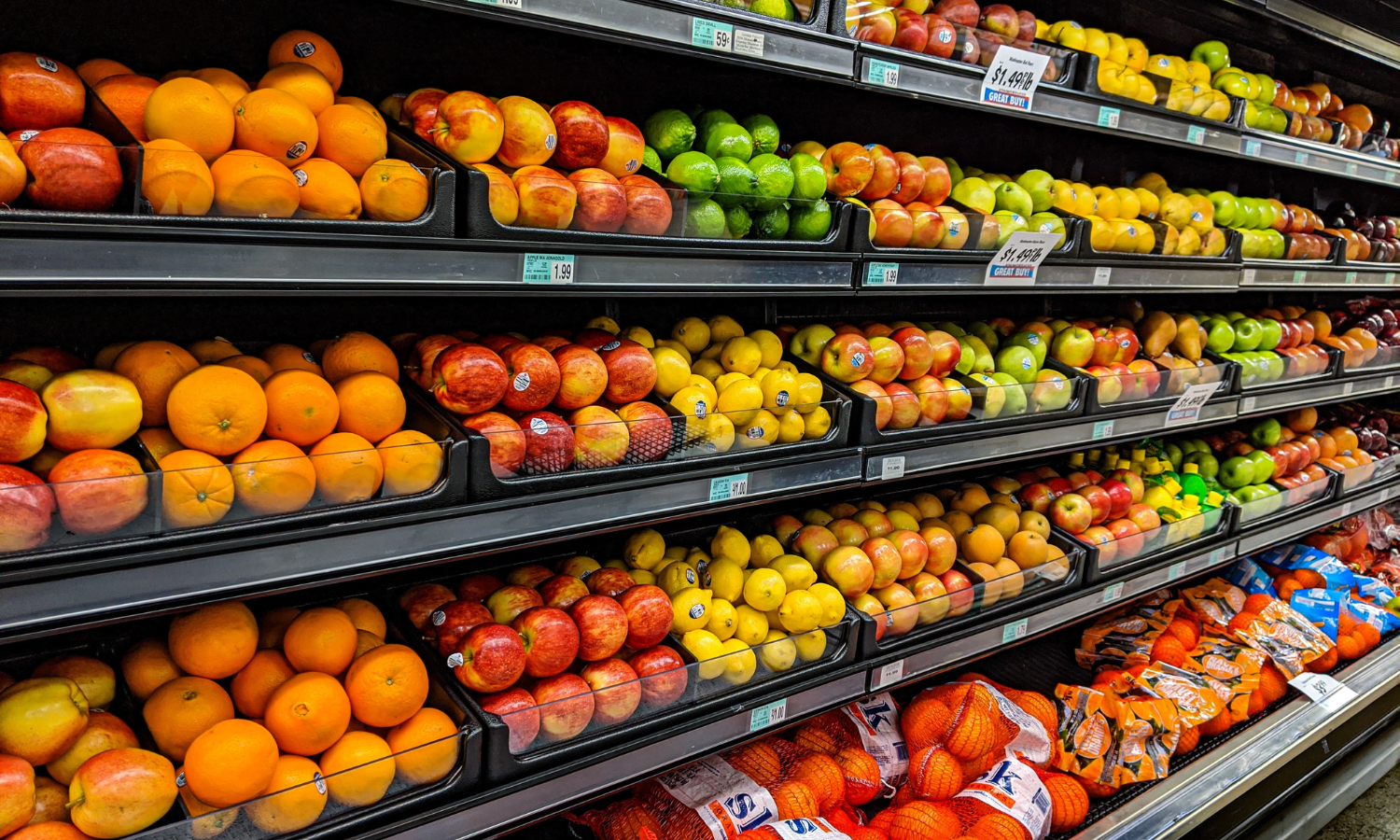This is the third part in a series about the work of the U.S. Food and Drug Administration. Read parts one and two.
The U.S. Food and Drug Administration (FDA) recently issued a Request for Information (RFI) to learn more about the content, format, and accuracy of food labeling information provided through online grocery shopping platforms. This work builds upon the FDA’s prioritization of its nutrition initiatives.
The FDA intends to use the RFI—a tool for collecting data and information from industry, individuals, and other stakeholders—to better understand consumers’ access to consistent and accurate nutrition, ingredient, and allergen information for packaged foods when they shop online.
“It’s important for consumers to have access to accurate, informative food labels when grocery shopping online so they can identify foods to help build a healthy diet,” Claudine Kavanaugh, Director of the Office of Nutrition and Food Labeling at the FDA’s Center for Food Safety and Applied Nutrition, tells Food Tank.
In the RFI, the FDA asks stakeholders about which nutrition, ingredient, and allergen labeling information is available through online grocery platforms. The FDA is also interested in learning about how food labeling information is presented and any challenges with providing accurate and consistent information online.
This request is particularly timely given the exponential increase of online grocery sales during the COVID-19 pandemic. According to a report focused on online grocery shopping before and during the pandemic, online grocery sales in the US increased from US$1.2 billion in August 2019 to US$7.2 billion in June 2020. This number continues to grow, with online grocery orders expected to make up more than 20 percent of all U.S. grocery sales in 2023.
“COVID really accelerated online shopping, and a lot of people aren’t going back. It’s here to stay,” Kavanaugh tells Food Tank.
The RFI is also part of the Biden-Harris Administration’s National Strategy on Hunger, Nutrition, and Health. Kavanaugh says the focus on food labeling information through online grocery platforms specifically supports Pillar 3: Empower All Consumers to Make and Have Access to Healthy Choices.
The RFI is intended to help the FDA learn more about food labeling information provided through online grocery platforms and compliments other nutrition work the FDA is conducting, such as developing a standardized front-of-package labeling scheme. Both initiatives support the FDA’s prioritization of and role in consumer health, nutrition, and safety. In particular, food labeling policies can make it faster and easier for consumers to identify healthier foods.
“We think easy access to accurate nutrition, allergen, and ingredient information when grocery shopping is important to help people identify healthy choices, as well as safe choices,” Kavanaugh says.
Articles like the one you just read are made possible through the generosity of Food Tank members. Can we please count on you to be part of our growing movement? Become a member today by clicking here.
Photo Courtesy of Gemma, Unsplash











